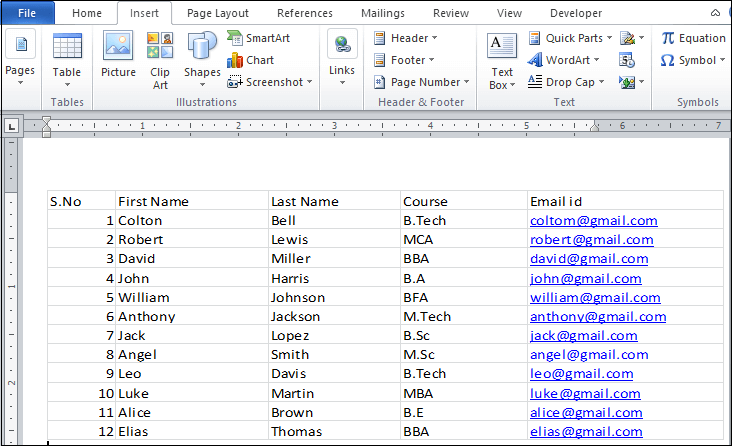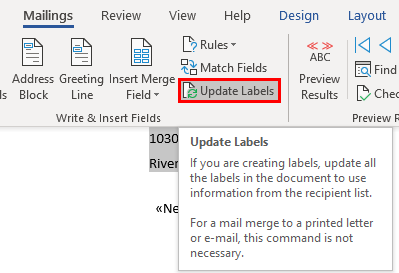
:max_bytes(150000):strip_icc()/HighlightData-4f4eb3a5f5764eaf91578ee2892175f1.jpg)
:max_bytes(150000):strip_icc()/PreparetheWorksheet2-5a5a9b290c1a82003713146b.jpg)
To solve this problem, make the chart in Excel about the same size as you want it to appear in Word. But if you do so, the size of text in the chart (the chart title, axis titles and tick marks, or the legend) can end up either too small or too large.

When you paste a chart into a Word document, you can re-size it to suit your needs.
#IMPORT EXCEL INTO WORD FOR LABELS HOW TO#
How to control the size of text in a chart If you have a caption for your chart, and you want to make sure that the chart and the caption stay together, see How to keep a figure on the same page as its caption in Microsoft Word. For more information, see Is your image slipping? How to get your images to stand still. Otherwise (that is, in most cases), your chart should be in-line. If you want text over the chart, behind the chart, or to wrap around the chart, then your chart needs to float. This controls the placement of your chart and how text flows around the chart. Your chart can sit in Word either in-line or floating. How do you want the text to flow around the chart? Should your chart be in-line or floating? When you're finished, click outside the chart, in the main body of the Word document. If your chart is in Word as an Excel chart, you can double-click the chart to edit the chart or anything else in the Excel file, including the source data for the chart. In Word, do Edit > Paste, or just ctrl-v. Make sure it shows 8 hollow round markers on the edge. In Excel, hold down the Ctrl key and click the chart.In Word, choose Edit > Paste Special and choose to paste as an Microsoft Office Excel Chart Object. To paste your Excel chart as an Excel chart object, follow one of these methods: And, you risk disclosing the source data-and anything else that is in the Excel file-to the reader of your Word document. This imports the entire workbook into your Word document, so you can end up with a very large file. In Word, do Edit > Paste, or just ctrl-v.Īlternatively, you can paste the chart as an Excel chart. In Excel, click the chart once and be sure it shows 8 small black square markers on the edge.In Word, choose Edit > Paste Special and choose to paste as a Picture (Enhanced Metafile). To paste your Excel chart as a picture, follow one of these methods: If you do this, the file size is small and you can treat it like a picture: re-size, rotate, convert to a drawing object so you can edit the text, and re-colour elements of the chart.įor most tasks, pasting as a picture is my preferred method. Here are the main options: Paste as a picture Your options for pasting depend on what version of Word you have, and whether you are linking the chart in Word to the source Excel data file. When you return to Word, your Word document will reflect your changes. If you link your chart, when you double-click the chart in Word, Excel opens the original file, where you can edit it. Within the Paste Special dialog, select the Paste Link option (Figure 2).įigure 2: To link the chart in your Word document to its source Excel file, choose the Paste link option. in Word 2007 and later versions, on the Home tab, click the little arrow below the Paste button (it's called a split button you need the bottom half), and choose Paste Special.in Word 2003 and earlier versions, do Edit > Paste Special.To link your chart to its source you need the Paste Special dialog.

#IMPORT EXCEL INTO WORD FOR LABELS UPDATE#
If you do that, whenever you make a change in the source Excel file, Word can update the chart in your document to reflect the changes in the source Excel file. You can paste a chart into Word and link it to its source file.


 0 kommentar(er)
0 kommentar(er)
